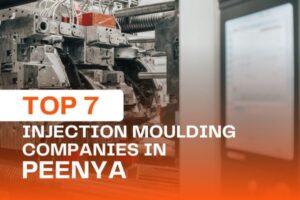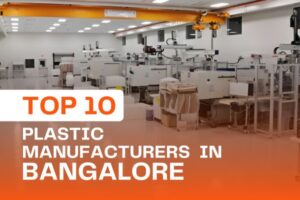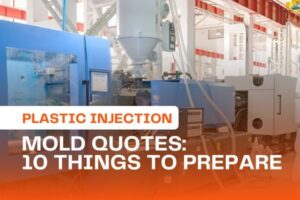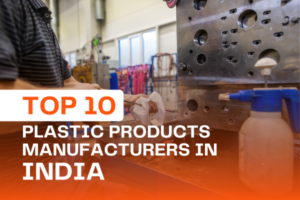Introduction of Hot Runner Mold Designs
In the realm of injection molding hot Runner Mold, is a significant innovation, designed to streamline the production process and enhance the quality of the final product. These molds incorporate a heated manifold and a ‘hot half,’ collectively called a ‘hot runner system.’ This system ensures that plastic remains molten from the machine nozzle to the cavity, thus reducing waste and improving efficiency.
Advantages of Hot Runner Mold
- Reduced Waste: Hot runner molds eliminate the need for runners, the plastic channels that guide molten plastic from the injection unit to the cavities. By maintaining the plastic in a molten state throughout the process, these molds prevent the formation of a solid plastic runner, reducing material waste and the need for runner disposal or recycling.
- Faster Cycle Times: Hot runner molds are associated with quicker cycle times. As the plastic remains molten, the cooling and ejection periods are reduced, enhancing productivity. This ability to produce more parts in less time leads to increased operational efficiency.
- Improved Quality: Hot runner molds can lead to higher part quality. They offer more control over the molding process, helping to prevent common molding defects such as sink marks and surface imperfections. This control ensures a more consistent part quality, which is particularly important in industries where precision is key.
- Material Versatility: Hot runner systems can handle a wide range of thermoplastic materials. This versatility makes them suitable for various applications, from consumer goods to automotive components and medical devices.
Disadvantages of Hot Runner Mold
- Higher Initial Costs: The complexity of the hot runner mold leads to higher initial costs compared to cold runner systems. The design, fabrication, and assembly of a hot runner mold can be expensive. Therefore, it may not be a cost-effective option for short production runs.
- Maintenance Challenges: Hot runner molds require careful maintenance and cleaning to prevent issues such as thermal expansion, which can lead to leaks or component damage. Maintenance can be time-consuming and requires technical knowledge, adding to the operational costs.
- Potential Material Limitations: Although hot runner systems can process many thermoplastics, some materials, particularly heat-sensitive ones, may not be suitable. The prolonged exposure to heat can degrade such materials, affecting the part quality.
Ideal Use Cases for Hot Runner Mold
- Large Production Runs: Given the high initial costs, hot runner molds are most cost-effective for large production runs where the benefits of reduced cycle times and material waste can offset the initial investment.
- Complex Part Designs: Hot runner molds can effectively handle complex part designs that require precise control over the molding process to ensure part quality and consistency.
- High-Quality Standards: In industries where high precision and consistent part quality are crucial, such as medical or automotive, hot runner molds are often the preferred choice.
Conclusion
Hot runner molds are a powerful tool in the injection molding industry, offering reduced waste, faster cycle times, and improved part quality. However, they come with higher initial costs and maintenance challenges. Therefore, their use should be evaluated based on the specific requirements of each project, balancing the potential benefits against the associated costs and challenges. Trumould specializes in understanding the application of hot runner mold. We have networked with multiple hot runner providers and this helps reduce the cost of molded parts for our customers.




